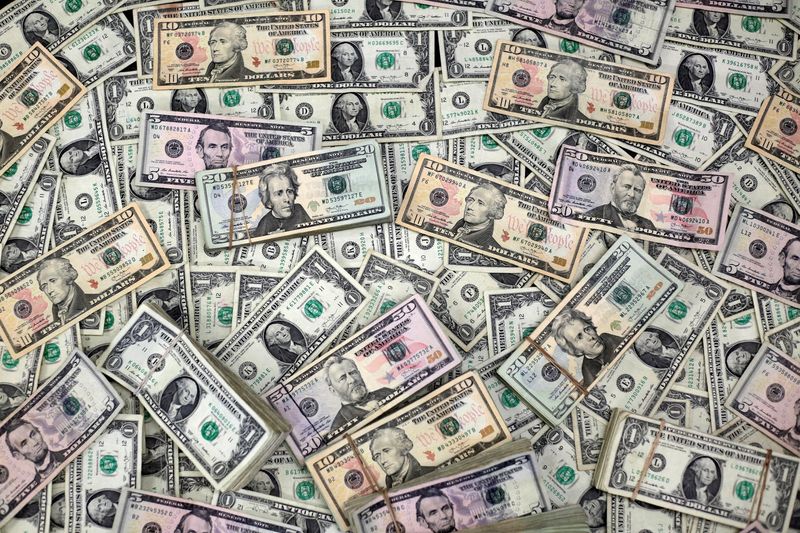Greenback Slides After Strong Employment Data
The U.S. dollar pulled back on Friday, following the release of a stronger-than-expected jobs report for April. While the greenback initially dipped, it later recovered some of its losses, stabilizing above session lows as investors digested the economic data and its implications for future Federal Reserve policy decisions.
According to the U.S. Labor Department, the economy added 175,000 jobs in April, slightly above analyst expectations. At the same time, the unemployment rate ticked up to 3.9%, a modest increase that tempered the overall market reaction.
Market Reactions: Dollar Dips, Then Rebounds
Following the release of the jobs data, the U.S. Dollar Index (DXY), which measures the dollar against a basket of six major currencies, fell by 0.4% to a session low of 104.20. However, it soon recovered to around 104.55, reflecting a more nuanced investor outlook.
Currency analysts noted that while the job growth signaled a resilient labor market, the uptick in the unemployment rate and cooler-than-expected wage growth suggested less pressure on the Federal Reserve to raise interest rates aggressively. Consequently, the dollar lost some of its recent upward momentum, though not enough to trigger a broader selloff.
Interest Rate Speculation in the Spotlight
As always, the currency markets are tightly linked to expectations around U.S. interest rates. A strong labor report typically fuels speculation of future rate hikes. However, April’s data struck a balance—solid enough to show ongoing economic strength, but soft enough to ease concerns about inflation surging again.
Because of this, traders began to scale back bets on a rate hike in the near term. Fed futures pricing indicated a growing likelihood that the central bank could pause or even cut rates later this year if inflation remains in check and economic growth slows.
This more dovish outlook weighed on the dollar early in the session, but the greenback ultimately found support from continued demand as a global reserve currency.
Global Currencies Gain Ground
As the dollar retreated, other major currencies took advantage. The euro climbed to $1.0780, while the British pound rose to $1.2575, both benefiting from the dollar’s temporary weakness. Similarly, the Japanese yen appreciated slightly, although gains were limited due to ongoing loose monetary policy from the Bank of Japan.
Emerging market currencies also enjoyed modest gains, as risk sentiment improved with the perception that the Fed may not tighten policy further in the short term.
Conclusion: Dollar’s Dip Reflects Market Caution, Not Collapse
In conclusion, the U.S. dollar’s pullback following April’s jobs report shows that markets are cautiously adjusting expectations, not abandoning the greenback entirely. The employment data reinforced the idea that the economy remains strong but not overheated, giving the Federal Reserve more room to maneuver.
As global uncertainties persist—from geopolitical tensions to inflation concerns—the dollar is likely to remain a key player. For now, it may continue to trade in a narrow range, influenced by every data release and Fed commentary.









